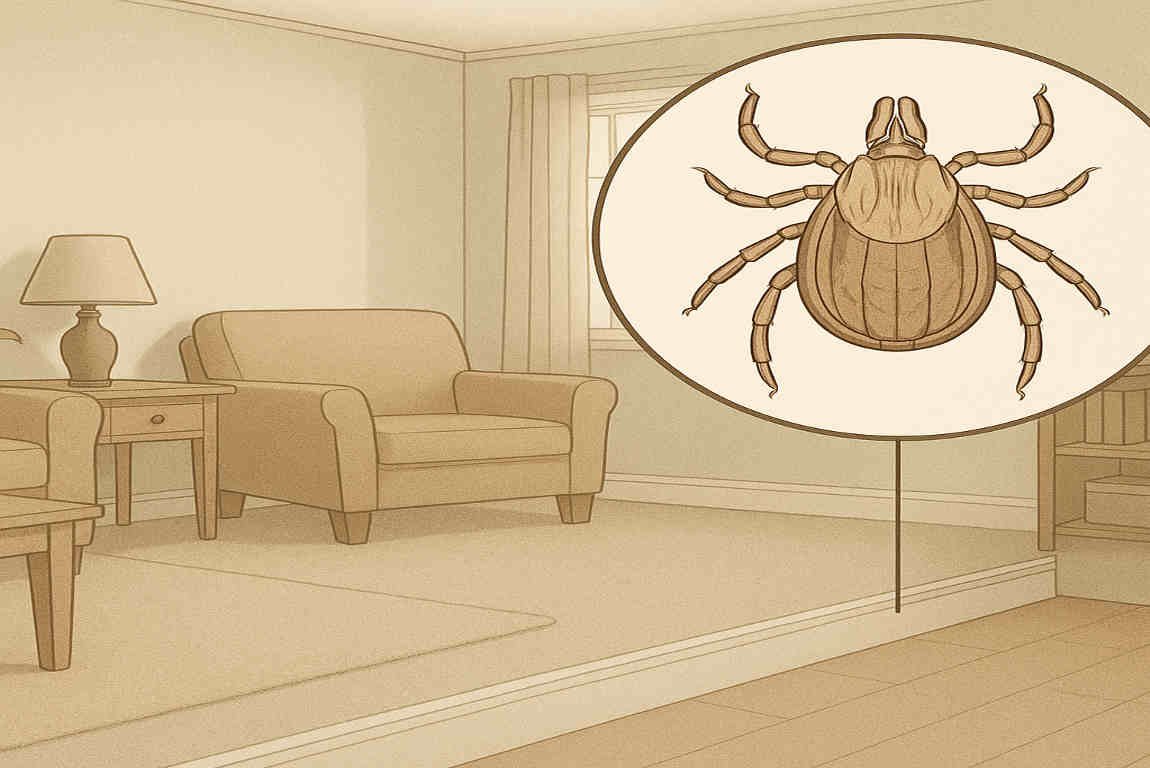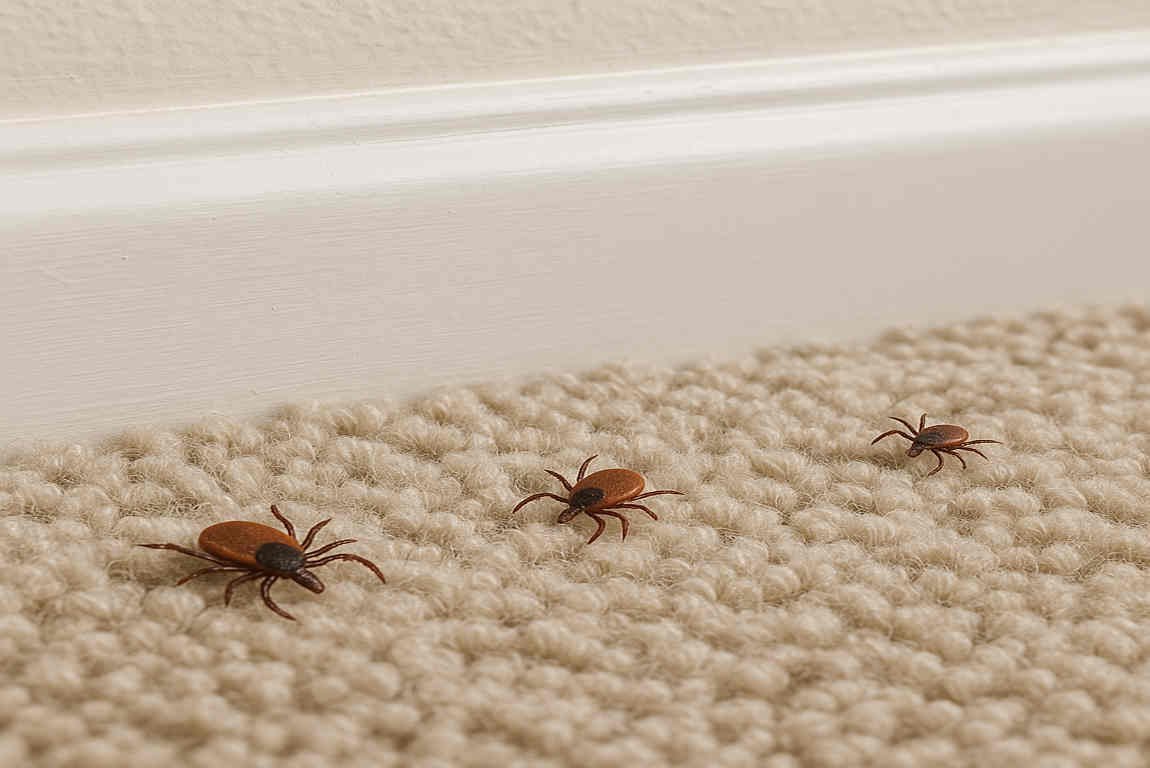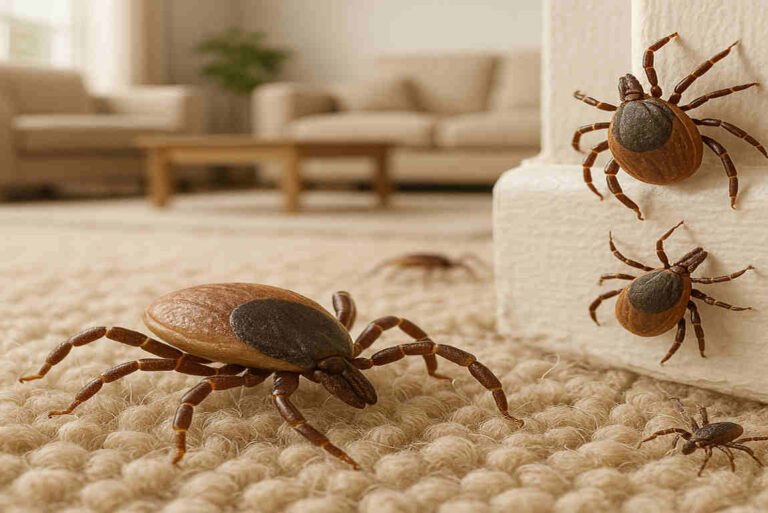Ticks are more than just a nuisance; they pose serious health risks to both humans and pets by transmitting diseases such as Lyme disease. Preventing ticks from infesting your home is essential to protect your family and maintain a safe living environment. By understanding tick behavior and implementing targeted strategies—ranging from yard maintenance and creating physical barriers to checking pets and using tick repellents—you can significantly reduce the chances of ticks entering and thriving inside your home. This guide outlines effective, practical steps to keep ticks at bay and safeguard your household year-round.
Understanding Ticks and the Dangers They Pose
Ticks are small, blood-sucking arachnids that thrive in warm, humid environments. They latch onto hosts—humans and animals alike—to feed on their blood. This seemingly harmless act can lead to serious health concerns.
The primary danger of ticks lies in their ability to transmit diseases. Lyme disease is one of the most well-known infections spread by these pests, but it can also carry other illnesses such as Rocky Mountain spotted fever and anaplasmosis. Each bite increases your risk of exposure.
Ticks often go unnoticed due to their size, which makes them difficult to detect until symptoms appear. Awareness is key; recognizing the potential dangers associated with tick bites helps you take preventive measures before they infiltrate your living space.
Identifying Potential Tick Habitats in and Around Your Home
Ticks thrive in specific environments, making it essential to identify potential habitats around your home. Start by examining areas with dense vegetation, such as bushes and tall grass. These spots provide shelter and moisture that ticks love.
Wooded areas near your property are also prime tick territory. They cling to leaves and wait for a host to pass by. Keep an eye on tree lines or any overgrown sections of your yard.
Don’t forget about the space beneath decks or porches. Ticks can easily hide in these cool, shaded spots, mainly when debris accumulates.
Pets can unknowingly bring ticks into your home after roaming through infested areas outside. Regularly check their fur for any hitchhikers before they enter the house.
Pay attention to garden beds as well; mulch and leaf litter can create ideal conditions for ticks to flourish unnoticed.
You may also read (a guide to selecting snake sizes for home drain).
Tips for Keeping Ticks Away from Your Property
Keeping ticks at bay requires a proactive approach. Start by maintaining your lawn. Regular mowing helps reduce tall grasses, where ticks thrive.
Create a buffer zone around your property. Use gravel or wood chips to separate wooded areas from your yard, making it less inviting for these pests.
Encourage natural predators, such as birds and bats, by installing birdhouses and bat boxes. These creatures help control tick populations naturally.
When you spend time outdoors, wear light-colored clothing. This makes spotting ticks easier before they latch on to you or your pets.
Consider using tick-repellent products in your garden as well. Essential oils, such as lavender or cedar, can effectively deter them without the use of harmful chemicals.
Keep firewood stacked away from the house and dispose of leaf litter promptly; both are ideal hiding spots for ticks looking for shelter.
Effective Ways to Remove Ticks from Your Home
Removing ticks from your home requires a methodical approach. Start by wearing protective clothing, including gloves and long sleeves. This safeguards you as you tackle the task.
Use a vacuum cleaner with a hose attachment to thoroughly clean carpets, rugs, and furniture. Focus on corners where ticks might hide. After vacuuming, dispose of the bag or empty the canister outdoors immediately.
For outdoor areas like patios and gardens, consider using a tick removal tool to pick off any visible ticks from surfaces. Remember to check shaded areas for eggs.
If you’re dealing with an infestation inside, contact pest control professionals who specialize in tick management. They have access to effective treatments that are safe for your family and pets.
Regularly inspect pet bedding and toys as well; these can be hotspots for unwanted guests lurking around your home.
You may also read (a guide to selecting snake sizes for home drain).
Preventing Future Infestations: Tick Control Measures to Take
To keep ticks at bay, consider creating a tick-safe zone around your property. Start by maintaining your lawn and keeping it neatly trimmed. Ticks thrive in tall grass and dense vegetation.
This creates a barrier that interrupts their movement.
If you have pets, invest in regular tick prevention treatments recommended by veterinarians. Using topical treatments or collars can significantly reduce the chances of bringing ticks indoors.
Regularly inspect outdoor furniture and play areas for any signs of infestation as well. Keeping these spaces clean minimizes hiding spots for ticks looking to invade your home environment.
The Importance of Regular Check-ups and Maintenance
Regular check-ups and maintenance play a crucial role in keeping your home tick-free. Performing routine inspections around your property can help identify potential problems before they escalate. Look for tall grass, overgrown shrubs, and areas with excessive leaf litter—these are all inviting places for ticks to thrive.
Consider scheduling professional pest control services at least once a year to ensure your property remains pest-free. They can provide targeted treatments that effectively eliminate ticks while ensuring the safety of your family. Your pets should also be monitored regularly as they are common carriers of ticks. Talk to your veterinarian about preventive measures you can take, such as topical treatments or collars designed to repel these pests.
Creating a consistent maintenance schedule not only helps keep ticks away but also promotes an overall healthier living environment for everyone in your household. By staying vigilant and proactive, you significantly reduce the risk of infestation and protect your family from the dangers associated with ticks. Taking these steps will ensure peace of mind while enjoying time outdoors without worry!
You may also read (the truth about drains in home kitchen faucets).
